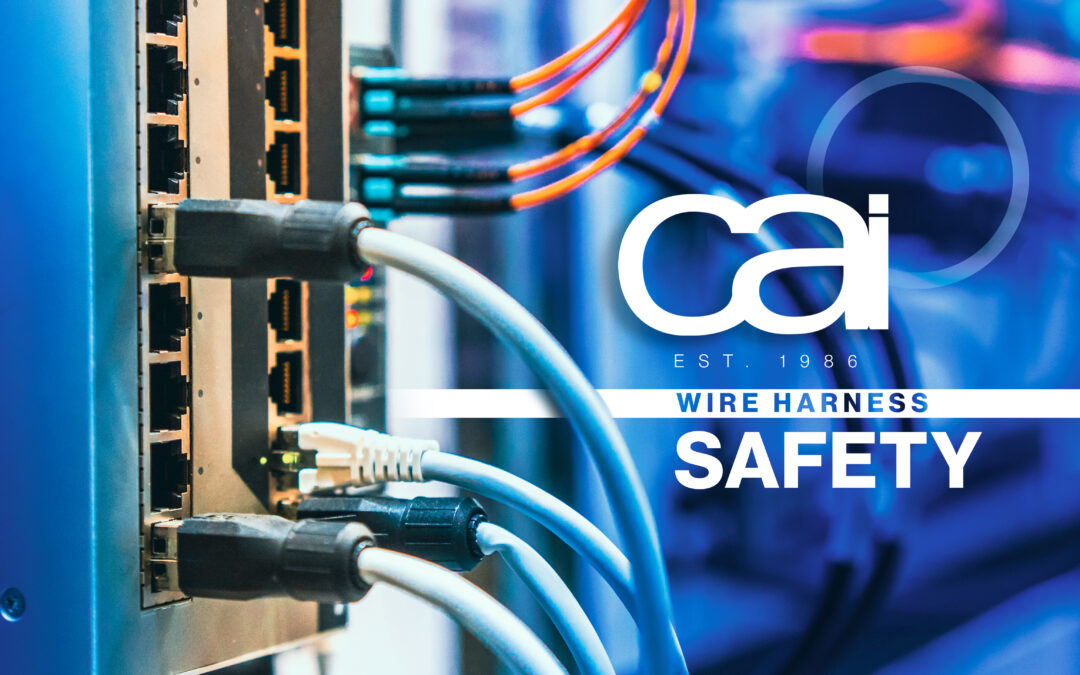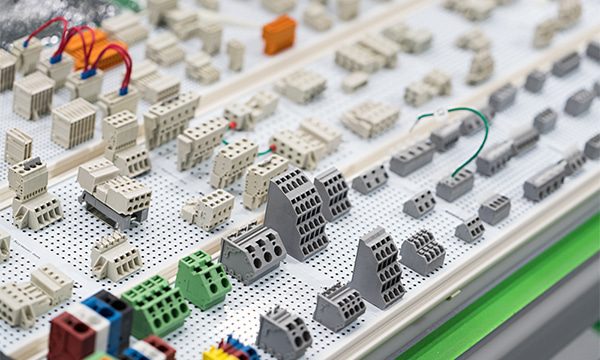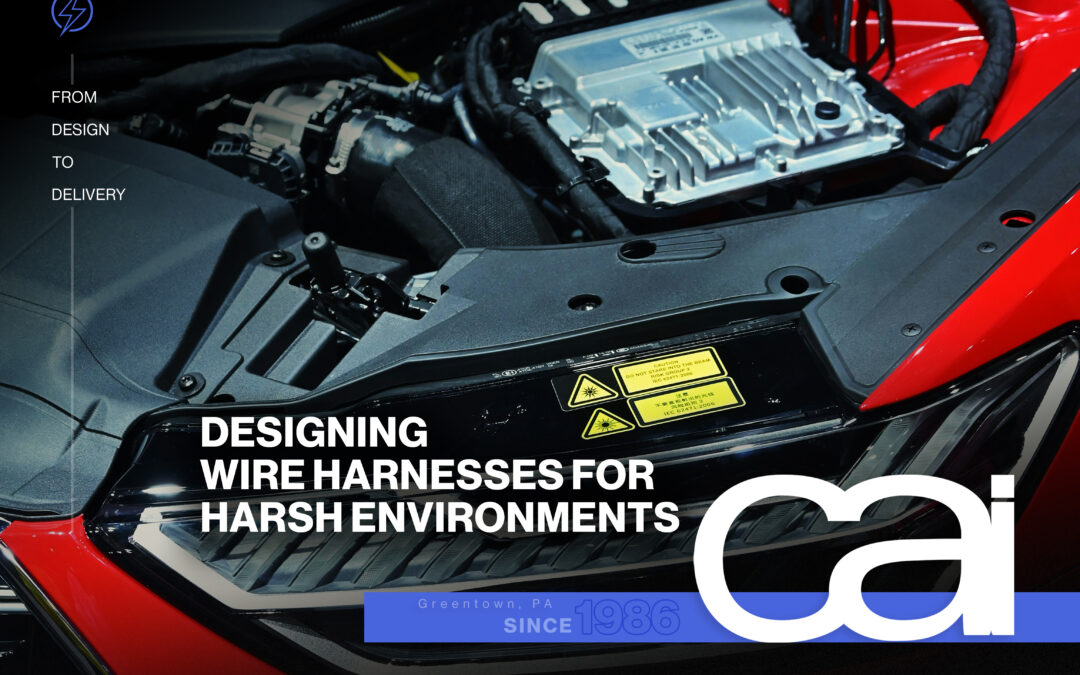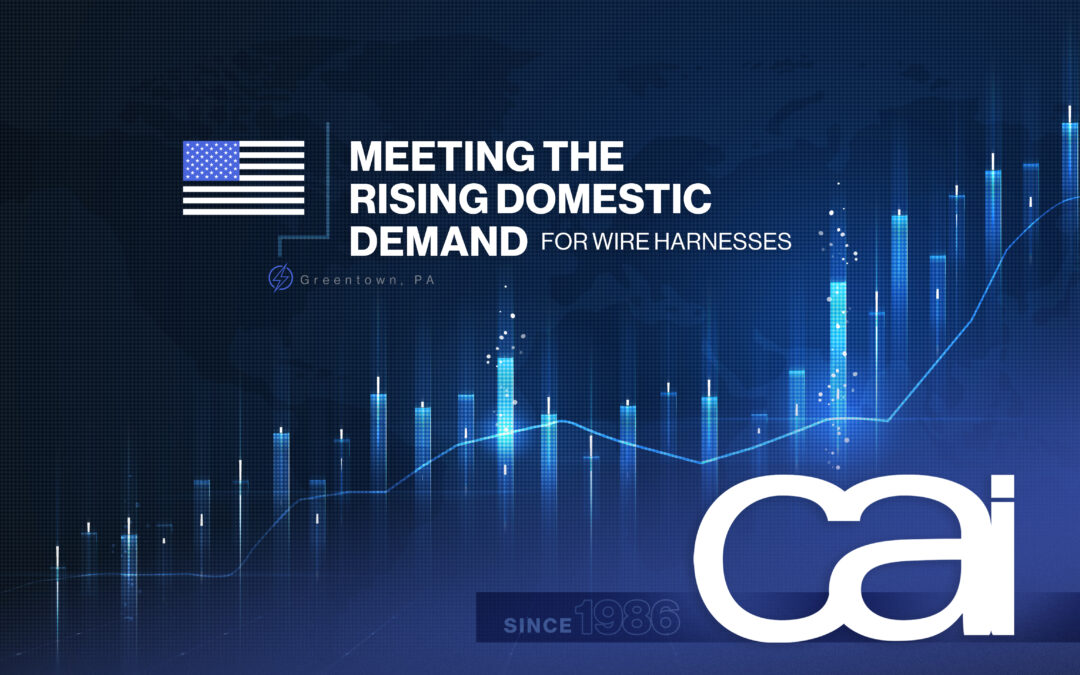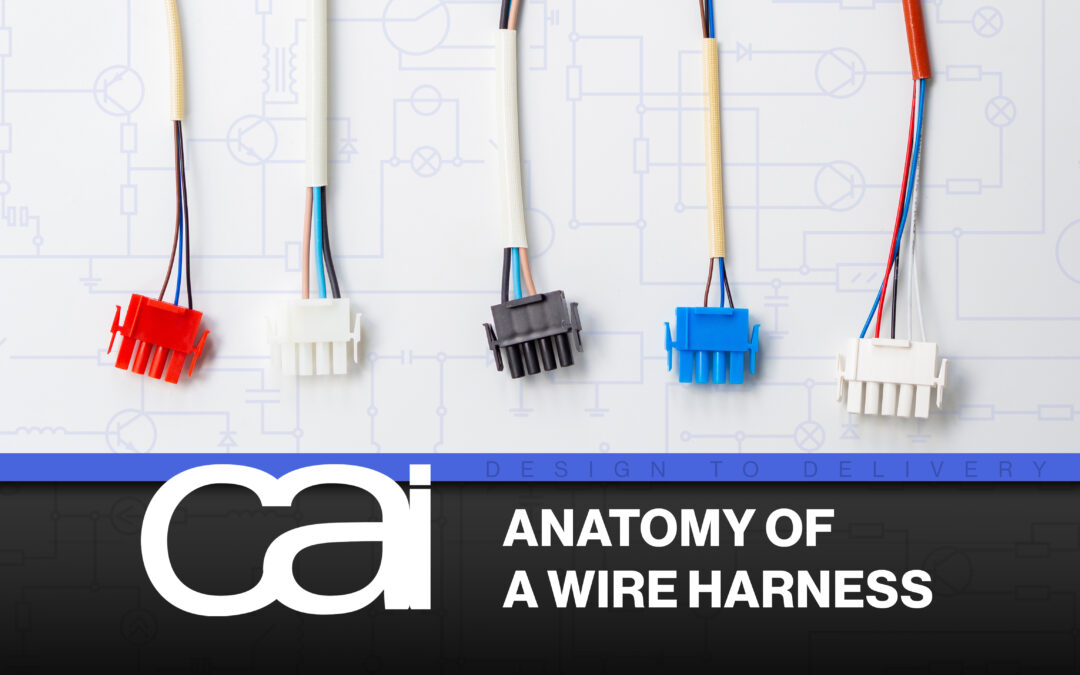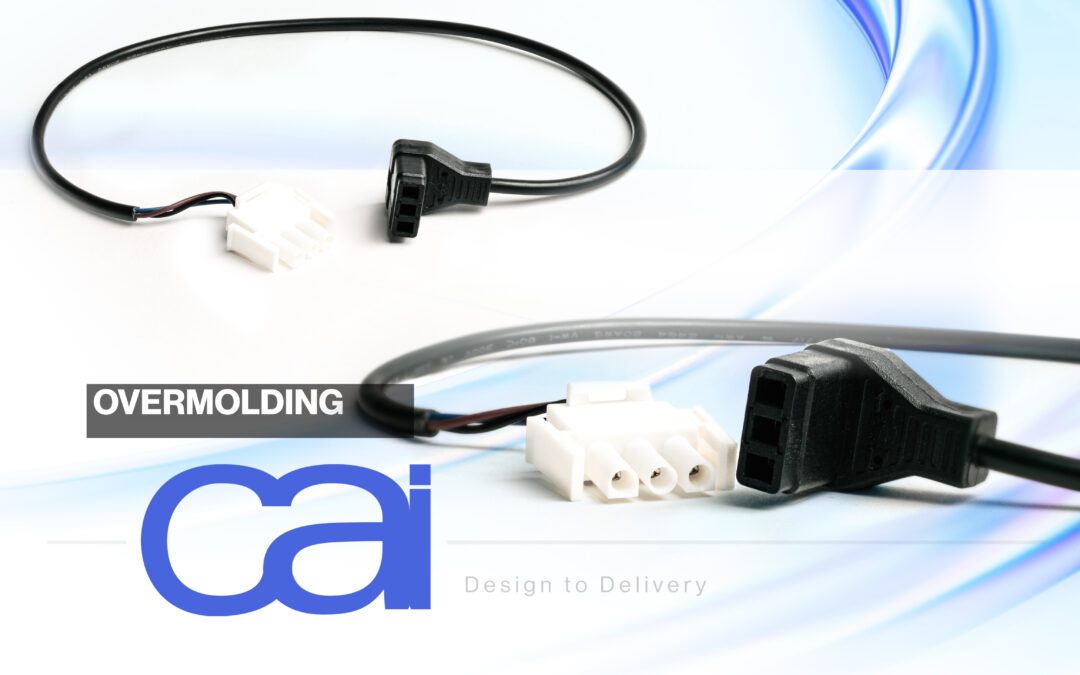What to Know When Choosing the Best Connectors and Terminals for Your Wire Harness Needs
Choosing the best connectors and terminals for your application is important when customizing an electrical wire harness for your application to assure consistent and proper connectivity, data and power transmission.
Connectors (most often specified as UL Listed) connect similar electrical conductors (e.g. one wire to another) to create an electrical circuit while helping prevent exposure to hazardous environmental factors such as moisture, abrasion, and electromagnetic interference.
A terminal refers to a type of connector used at the point where a conductor comes to an end (e.g. fixed post, stud, chassis). It also can refer to the endpoint itself. All terminals are connectors, but not all connectors are terminals.
Because connectors and terminals come in a wide assortment of shapes, sizes and materials, it helps to know your options to pick the right ones for your wire harness.
For expert guidance when choosing the best connectors and terminals to choose for your custom wire harness, we’re here to help!
Things to Consider When Choosing Connectors
Connectors are typically one of two mating types: either male (plug) or female (socket/jack). To make a connection, the plug is inserted into the socket. An extension cord plug and electric socket are a good example of male and female connectors.
To determine the appropriate connector type to meet the performance needs and conditions your wire harnesses will be under, you’ll need to consider certain factors, such as:
- Current rating (max. current capacity under normal operating conditions)
- Circuit size and density
- The material, gauge and length of individual wires
- Insulation needs
- Ease of connection/disconnection
- Space limitations
- Termination end types (board-to-board, wire-to-wire, or board-to-wire)
- Engagement force
- Operating voltage
- Required certifications and agency approvals
- Lead times
Terminal/Connector Options
Here are some of the most popular connector/terminal options, typically available in both insulated and non-insulated, that often are able to be either crimped or soldered to the conductor.
Ring Terminals
Round-ended ring terminals allow for easy, semi-permanent attachment to screws or studs, which won’t separate from the terminal block until the fastener is removed. That makes them the most secure type of tongue-style terminal available.
Fork Terminals
Ideal for wire harnesses with tight space limitations, fork terminals — also called spade tongue terminals — have an open-ended, fork-like head that allows for easy attachment and removal from screws and studs.
Hook Terminals
Offering similar convenience and ease-of-use to spade terminals, hook terminals’ open hook shape makes them slightly less reliable than ring terminals because it is detachable without removing the fastener.
Quick Disconnects
Designed for rapid mating/unmating, quick connects — also called tab terminals, slip-on, or fast-on connectors — are widely used in industrial and consumer applications which involve frequent repair or replacement, and are easily mated/unmated with a straight push/pull.
Flag Terminals
Featuring crimped barrels perpendicular to a tang/stud hole centerline that resemble a flag on a pole, these terminals offer a unique option for tight spaces and hard-to-reach angles.
Bullet Terminals
With a bullet-shaped male designed to connect with a hollow bodied socket-shaped female connector of the same size, bullet terminals snap together easily and maintain a tight hold.
Ferrule Terminals
Ferrule terminals have barrel-shaped caps that slip over and completely cover frayed wires, providing a more reliable connection to a terminal block.
Butt Terminals
Often used to extend wiring, butt connectors, which are also called crimp-type connectors, bring together two wires in a sheath-like tube allowing for easy crimping and added protection.
Not sure which connector and terminal options are best for your custom wire harness? Start a conversation with us today.
